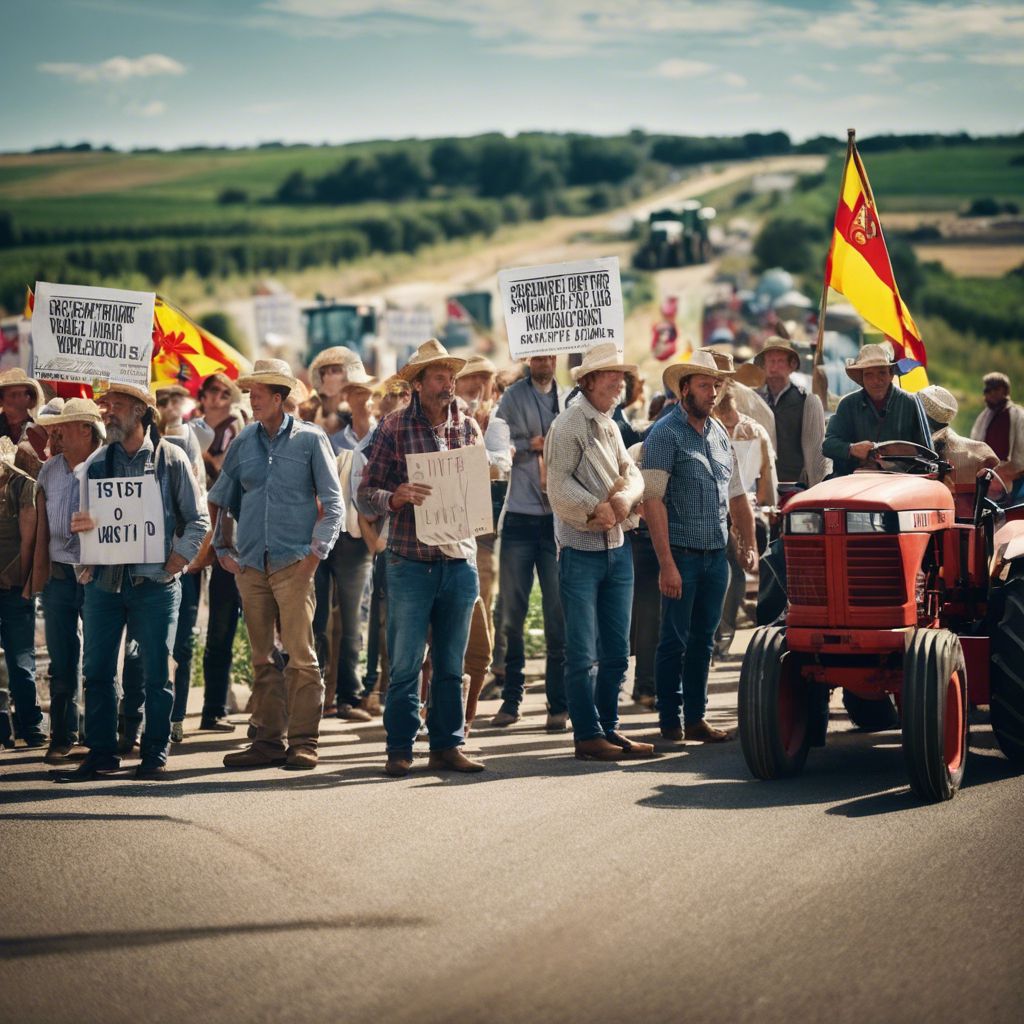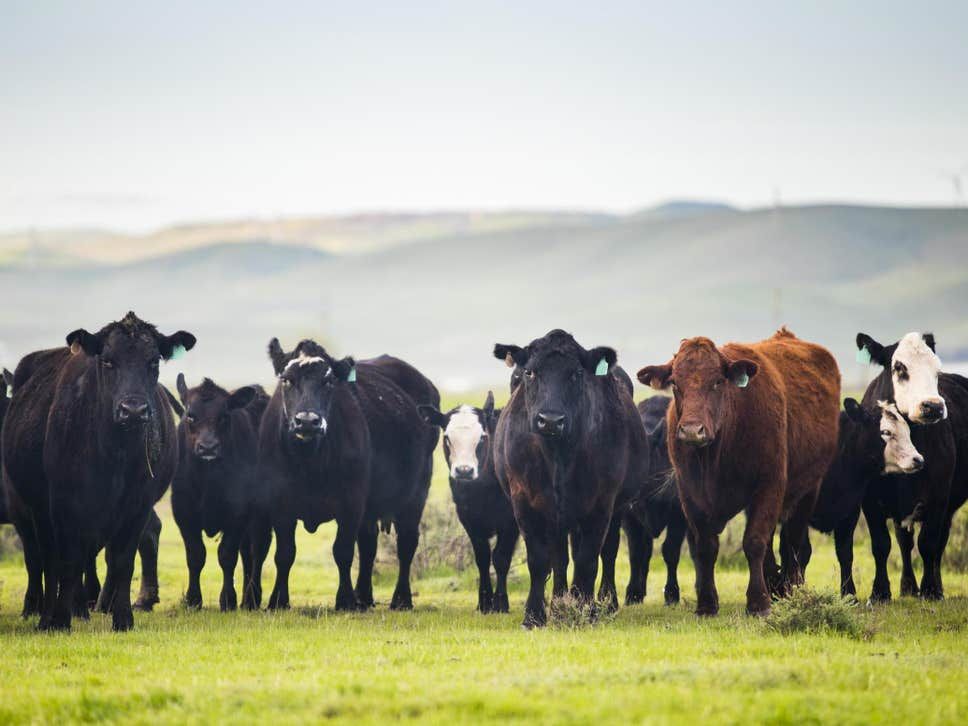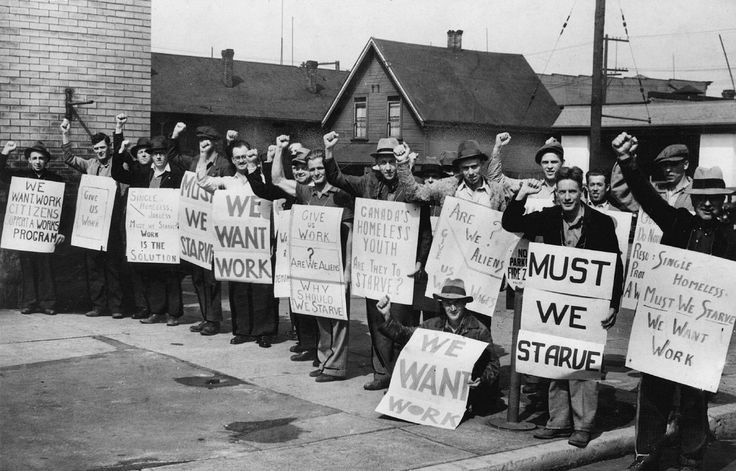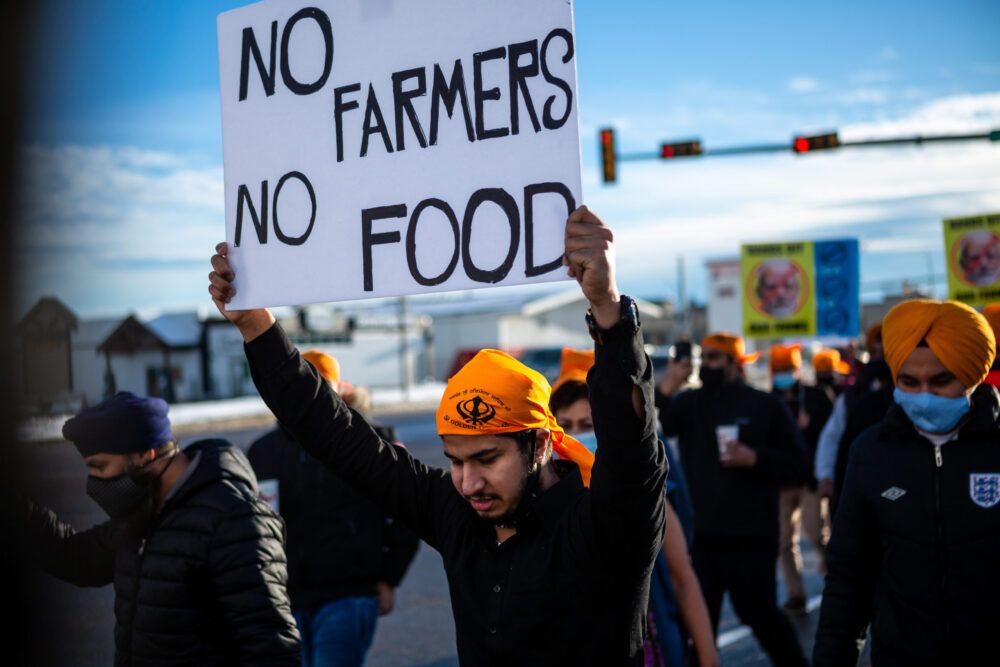In 1931, Iowa farmers took up arms against the government. They planned to halt a policy that could result in the loss of many of their precious livestock. The government responded by sending over 400 soldiers from the National Guard to face them. As shocking and serious as the incident was, it was just one out of many episodes in the Farmers’ Great Depression drama in America.
Washington was more concerned about bailing out the corporate guys than the farmers.
The Nation Revolts
The Great Depression is one of the darkest eras in American history. Millions of citizens groaned under hunger, debt, homelessness, and economic gloom. Unfortunately, many also took their lives.
After a while, the people decided that they’d had enough. Farmers, the most affected by the crisis, decided to wage war against the source of their woes: Wall Street.
Those white collar guys misled the nation into doom. They should be held accountable for their actions, the farmers reasoned. The government was the secondary target. The farmers accused it of paying deaf ears to their predicament.

At a point, Washington was more concerned about bailing out the corporate guys than the farmers. This lack of regard infuriated the land tillers. True to their threats, protests erupted nationwide. Farmers charged against the authorities with pitchforks.
A wave of rural rebellion swept through the nation. From one state to another, there were street marches, blocked roads, and dangerous confrontations. Ultimately, America was never the same again.
Let’s examine this interesting period in U.S. history. Also, we’d find out why a similar situation is playing out in modern days.
How Debt Crushed American Farmers
Thousands of American farmers plunged into debt in the 1930s. It all began during World War I. At the time, crop prices were rising fast. Global demand for food was high, and American farmers were filling in the gap. Many of them smiled at the bank.
Then, the Wall Street professionals encouraged the farmers to produce more. The demand was still significantly higher than what American farms were producing.
Taking advantage of the season of prosperity was the financially wise thing to do. The farmers thought so too. It was the opportunity of a lifetime. Many of them approached financial institutions for loans. They planned to buy heavy agricultural machinery and expand their farmlands.
It was the beginning of a nightmare. One that would spiral out of control and shake the foundations of the whole nation.
The banks were excited at the chance to lend money to the most successful businesspeople in the nation. Through the loans, the banks expected to benefit from the agricultural boom.
But as the war ended, things took a different turn. The demand for American grain, which seemed unlikely to drop soon, came crashing down. Similarly, the prices of farm produce also increased.
For example, the price of wheat fell from $2.16 for a bushel to $0.38 by 1932. Gold soon turned to dust. But things were about to get even worse. The Great Depression added to the already overwhelming situation.
From 1930, the vaults were empty, and banks began to fold up.
Over 30% of American farmers were in the red. Soon after, most defaulters began to lose their homes and farmlands. It was the beginning of a nightmare. One that would spiral out of control and shake the nation’s foundations. The vibrations began in Iowa.
The Iowa Cow War of 1931
Instead of calming the situation, authorities made it even worse. A government policy sparked outrage from cow farmers and led to an armed confrontation that should never have happened. This is the Iowa Cow War of 1931.

That year, the authorities introduced testing for bovine tuberculosis in livestock. Any animal that was found to be infected was to be immediately killed. The already frustrated farmers kicked against the idea.
What was worse was that they wouldn’t receive any compensation for their losses. Farmers armed themselves to resist the move, and things escalated quickly.
They attacked veterinarians who were implementing the government’s directive. The farmers mounted roadblocks on the road and damaged government vehicles.
Dairy farmers who were determined to starve the markets of milk blocked the highways and poured milk into the ditches.
The Farmer’s Holiday
All over the nation, farmers were venting out their frustrations. In 1932, they formed the Farmers Holiday Association.
This group originated in Iowa and motivated farmers to launch a nationwide strike. Their mantra was “Stay at home – buy nothing – sell nothing.”
“Eat less, milk less, buy less.”
The idea was that they would stop selling their produce in markets. This move would force demand to improve and lift the prices of farm produce, they reasoned.
In Wisconsin, newspapers documented the 1933 Milk Strike. Dairy farmers who were determined to starve the markets of milk blocked the highways and poured milk into the ditches. As they did so, they chanted “Eat less, milk less, buy less.”
During the protests in Iowa, Wisconsin, and other parts of the country, the striking farmers clashed with law enforcement officials. Many were teargassed and arrested.
Although the prices refused to drop, the protest and strike yielded some fruit. It drew nationwide attention to their plight.
Penny Auctions: Fighting Foreclosures With Community
Aside from throwing milk away, the farmers did several other weird things. One of the most notable on the list was called the “Penny auction.”
When it was time for a farm on foreclosure to be transferred to the highest bidder, the farmers ensured that they frustrated the process. They would not only dominate the audience at the auction but would chase away any non-farmer who was a potential bidder.
They dragged some judges out and tied them to trees in a demonstration of mock arrests.
Afterward, one of the farmers would bid just a cent for the property and secure ownership. Then, they will transfer it back to the original owner. This move was one of the most touching tales of the farmer revolt.
They took the same tactic to the courtroom. They filled up courtrooms in Minnesota, Nebraska, and Iowa, breathing heavily on judges to stop the farm auctions.
In some extreme cases, they dragged some judges out and tied them to trees in a demonstration of mock arrests. It was a beautiful show of unity and friendship.
The Government’s Weak Intervention
Initially, the government disregarded the situation of the farmers. Instead, they rushed to the rescue of Wall Street banks.
The White House’s opinion was that the problem would resolve itself. President Herbert Hoover was waiting for the market to correct itself.
While the presidency remained unmoved, farmers caved under the weight of the banks. It was this indifference that made the rurals extend their anger towards the government.
21st century farmers are experiencing the return of the Farmers’ Great Depression.
The government later decided to act. They introduced some measures to curb the economic pain. This was after a series of protests drew nationwide attention.
One such policy was the Agricultural Adjustment Act (AAA). The program paid farmers a certain amount of money on the condition that they would reduce their farm production.
President Roosevelt later introduced additional intervention programs, which helped to boost prices. But at the time, so much damage had already been done.
The Challenge Resurfaces
Interestingly, decades after the agricultural debt crisis and rural rebellion, a similar challenge has crept up. 21st-century farmers are experiencing the return of the Farmers’ Great Depression.

American farmers are up in arms once more. Prices of agricultural products are experiencing a rare level of instability.
Not only that, but the cost of equipment has also skyrocketed. A few multinational companies control the sale of seeds and pesticides. Hence, they are more expensive and difficult to get.
Now, agricultural debt in the United States is at an alarming $500 billion. The small farmers are left to bear the brunt. It’s the 1930s all over again.
Revolutions do not always begin from the skyscrapers of megacities. Sometimes, they can emerge from the dusty farmlands of the villages.
This time, the consequences are more brutal. Research has shown that the modern economic unrest in the agricultural sector is snuffing lives.
It has increased suicide rates. American farmers are twice as likely to take their own lives as the average population.
In India, the situation is equally terrible. Farmers have taken to the streets in protest of economic hardship and rising debt.
Suicides are also a big challenge. Reports show that over 300,000 of them have taken their own lives since the 1990s.
The situation is the same everywhere. Farmers across the world are groaning. The pitchfork protests of the 1930s have evolved into the farmer convoys of Europe and Canada.
The problem is close to its boiling point, and this is the best time for authorities to act.
Protest Lessons From History
The Great Depression farmer revolt isn’t just another chapter in the history books. It is proof that an agricultural crisis can turn any nation upside down.
There is only one way to avoid a repeat of the past. It’s simply doing things differently.
Unfortunately, the world hasn’t learned very much from history. When farmers groan, the nation suffers. When they raise their pitchforks, it’s because necessary action is delayed.
Governments need to remember that revolutions do not always begin from the skyscrapers of megacities. Sometimes, they can emerge from the dusty farmlands of the villages.
Do you think we will see a major farmers’ revolt anytime soon? We’d like to hear your thoughts.


